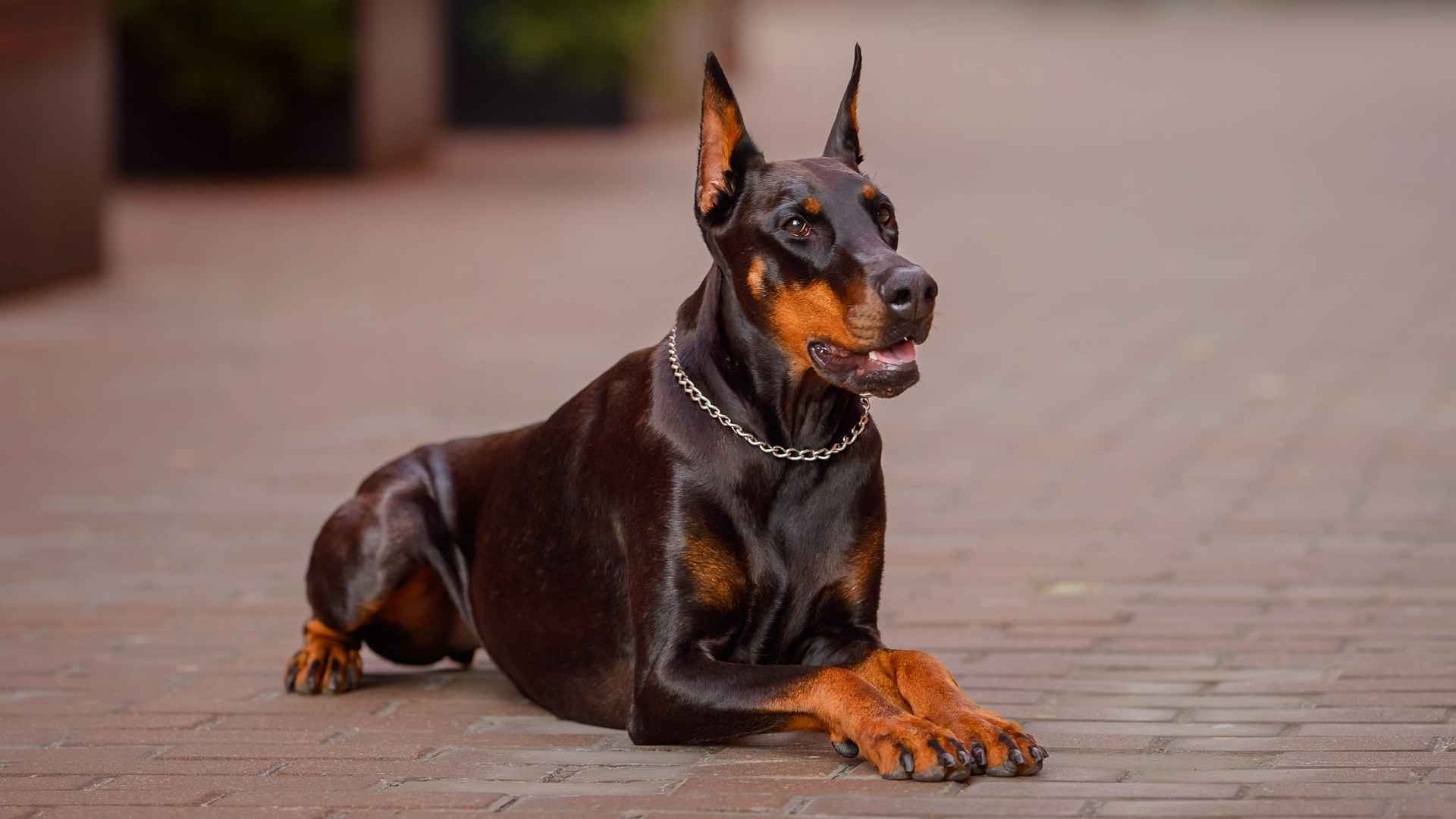You can learn a lot about a dog just by watching quietly.
Some stare before they act. Others pause, scan the room, and then do something that makes you stop in your tracks. It’s not always flashy. Sometimes, it’s subtle—like nudging a chair to reach a shelf or tracking a sound so precisely, it feels like magic.
You weren’t expecting it, but they were already five steps ahead. These aren’t random habits. This is thinking. Calm, creative, intelligent thinking. Not all dogs wait for a command. Some solve, adapt, and take the lead when needed. They’re the quiet masterminds in fur coats.
If you’ve ever wondered which dogs just “get it” without fuss, you’ll want to stick around. In this article, we’re not just looking at smart dogs—we’re meeting the ones who solve problems like it’s second nature. And trust me, some of them will surprise you.
Creative Problem-Solving Dog Breeds
1. Golden Retriever
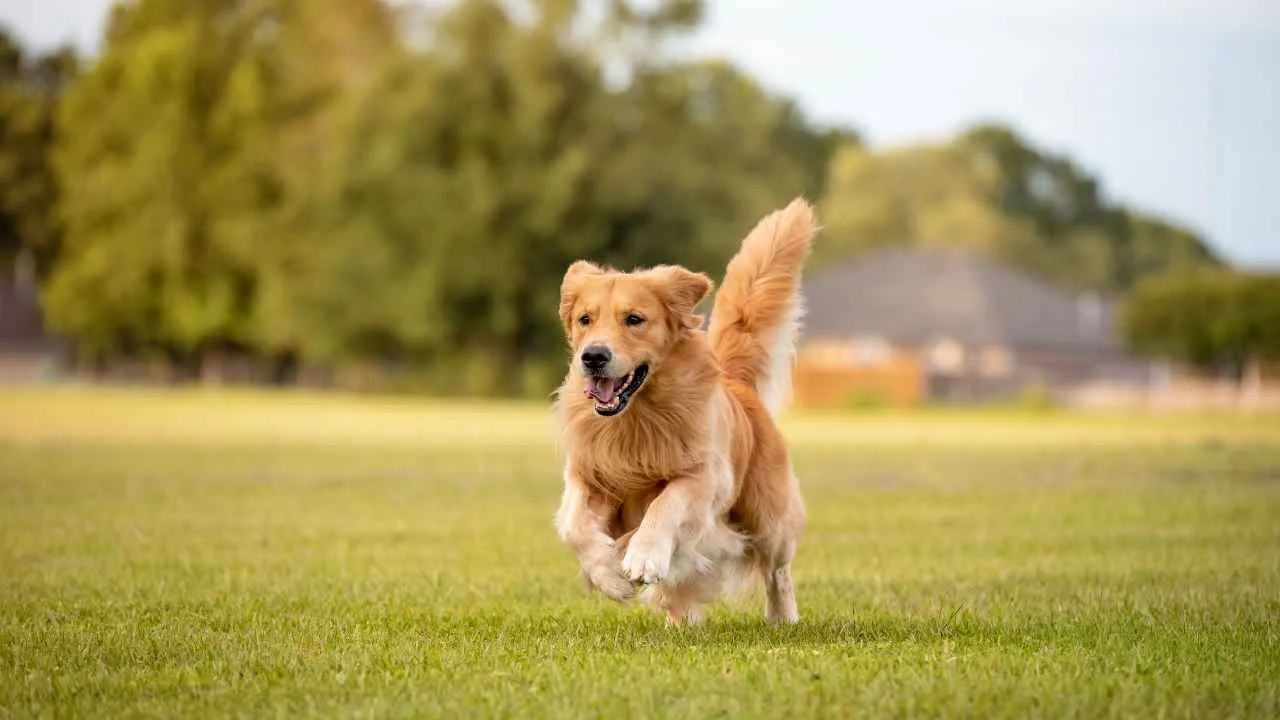
Golden Retrievers are known for figuring things out mid-task, like locating hidden objects or navigating unfamiliar routes with ease. They tend to observe, assess, and adapt faster than most breeds. This mental agility comes through best when they’re mentally engaged.
Naturally motivated and eager to solve
Their desire to work alongside people helps sharpen their ability to respond creatively under pressure. Whether it’s finding a workaround during training or solving a new challenge, they tend to stick with it until they get it right. Problem-solving isn’t taught — it’s practiced.
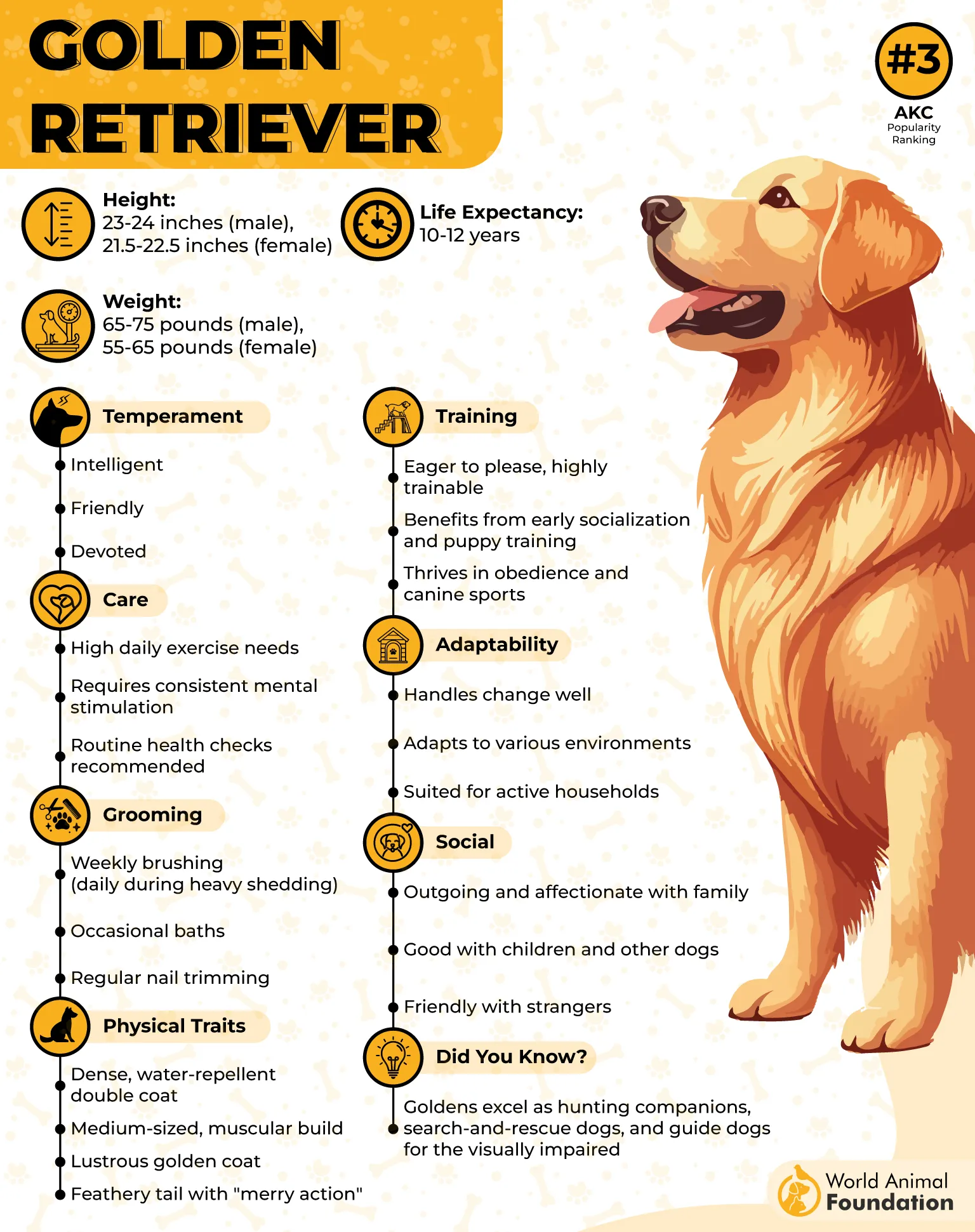
Backed by a purposeful origin
They were originally bred in Scotland to retrieve game over long distances and in varied terrains, which demanded precision and decision-making on the go, as mentioned by Purina. That same instinct still shows in how they approach puzzles and problem-based tasks today.
Training amplifies their cognitive edge
Golden Retrievers shine most when given room to think rather than being micromanaged. Regular mental challenges, paired with consistent training, make them one of the smartest dog breeds to work with, especially in task-driven environments.
2. Doberman Pinscher
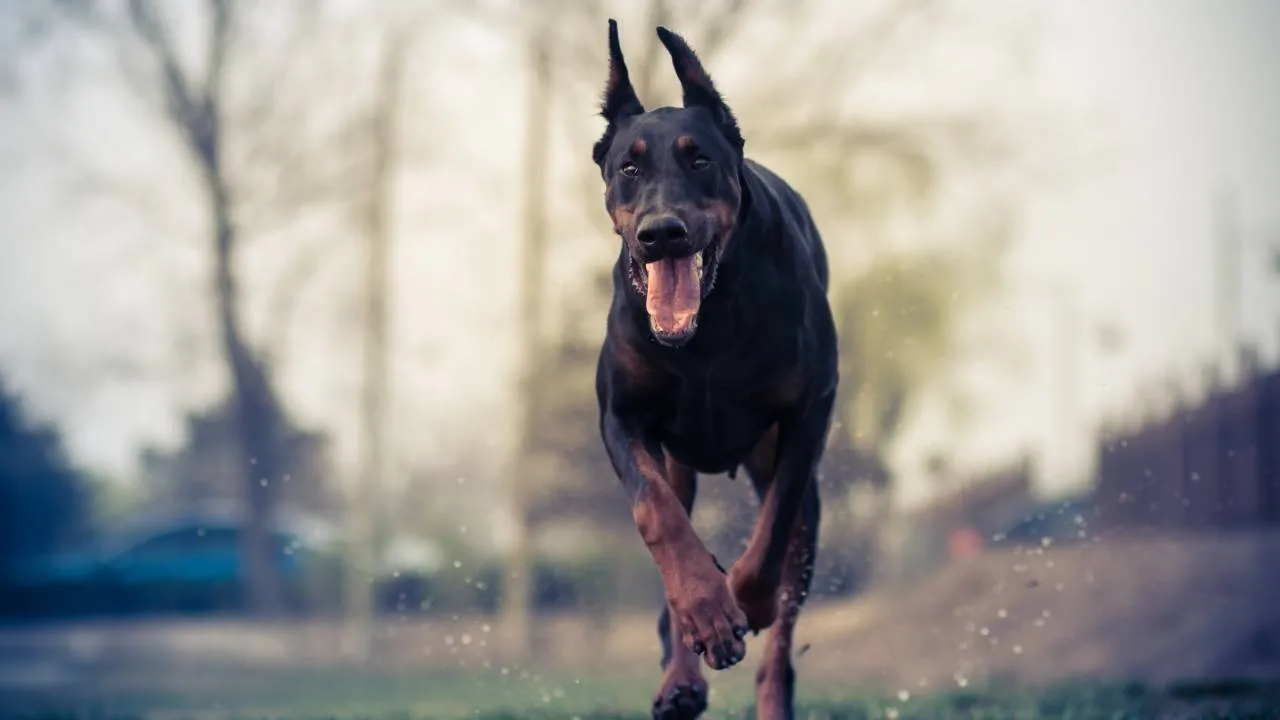
Dobermans are known for reading situations quickly — not just reacting to commands, but anticipating next steps without needing cues. In structured tasks, they move with purpose and minimal error. This trait is often seen during agility or scent-based challenges.
Mentally sharp under pressure
They process obstacles quickly, often finding alternate paths when blocked or distracted mid-task. This makes them stand out in police and protection work, where fast, context-driven decisions matter. They’re not just obedient — they think with intent.
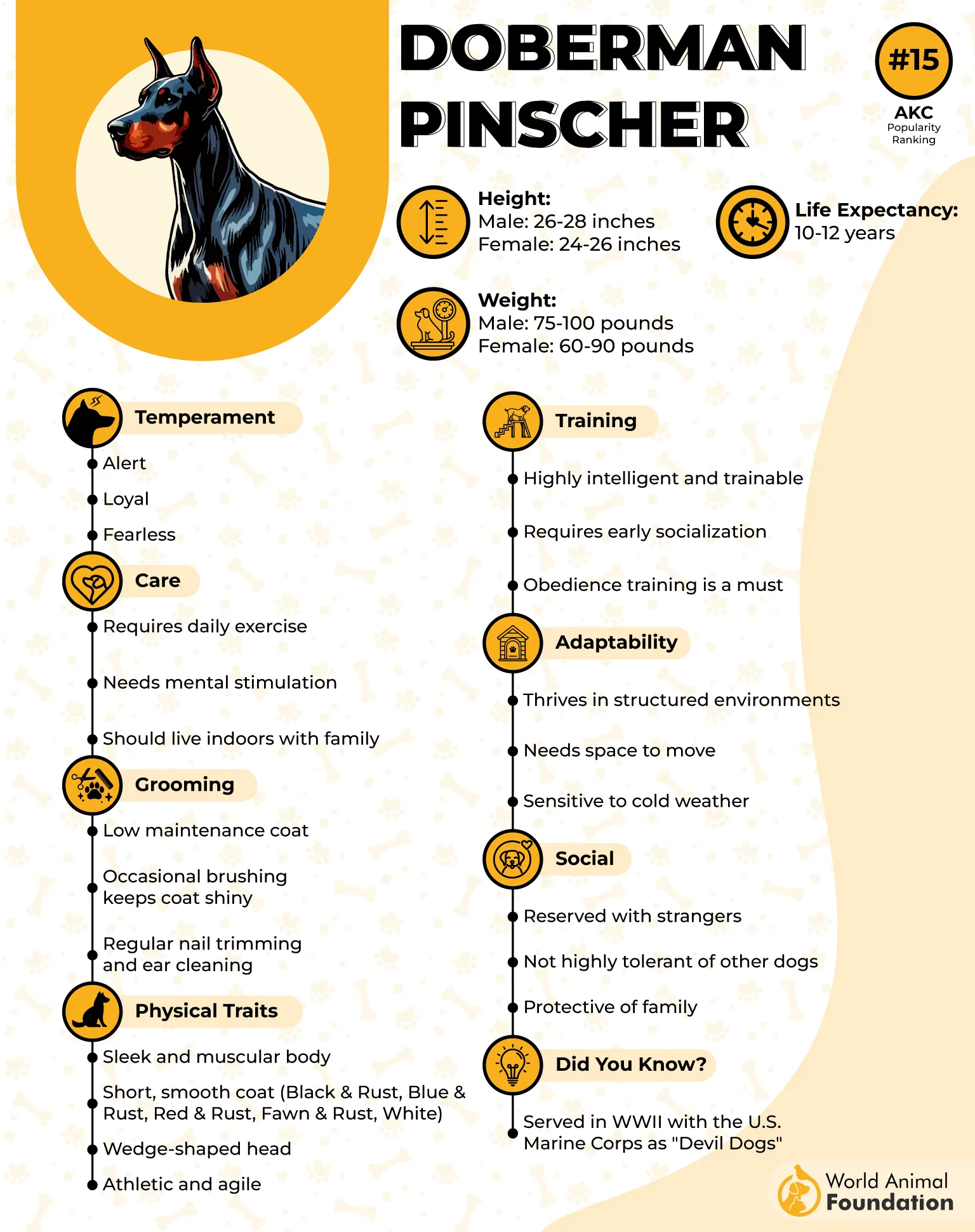
Selective instincts with precision
As natural guard dogs, Dobermans weigh threats with surprising discernment, making decisions in real-time without becoming overreactive. Their ability to filter information and act accordingly adds to their complexity as problem solvers.
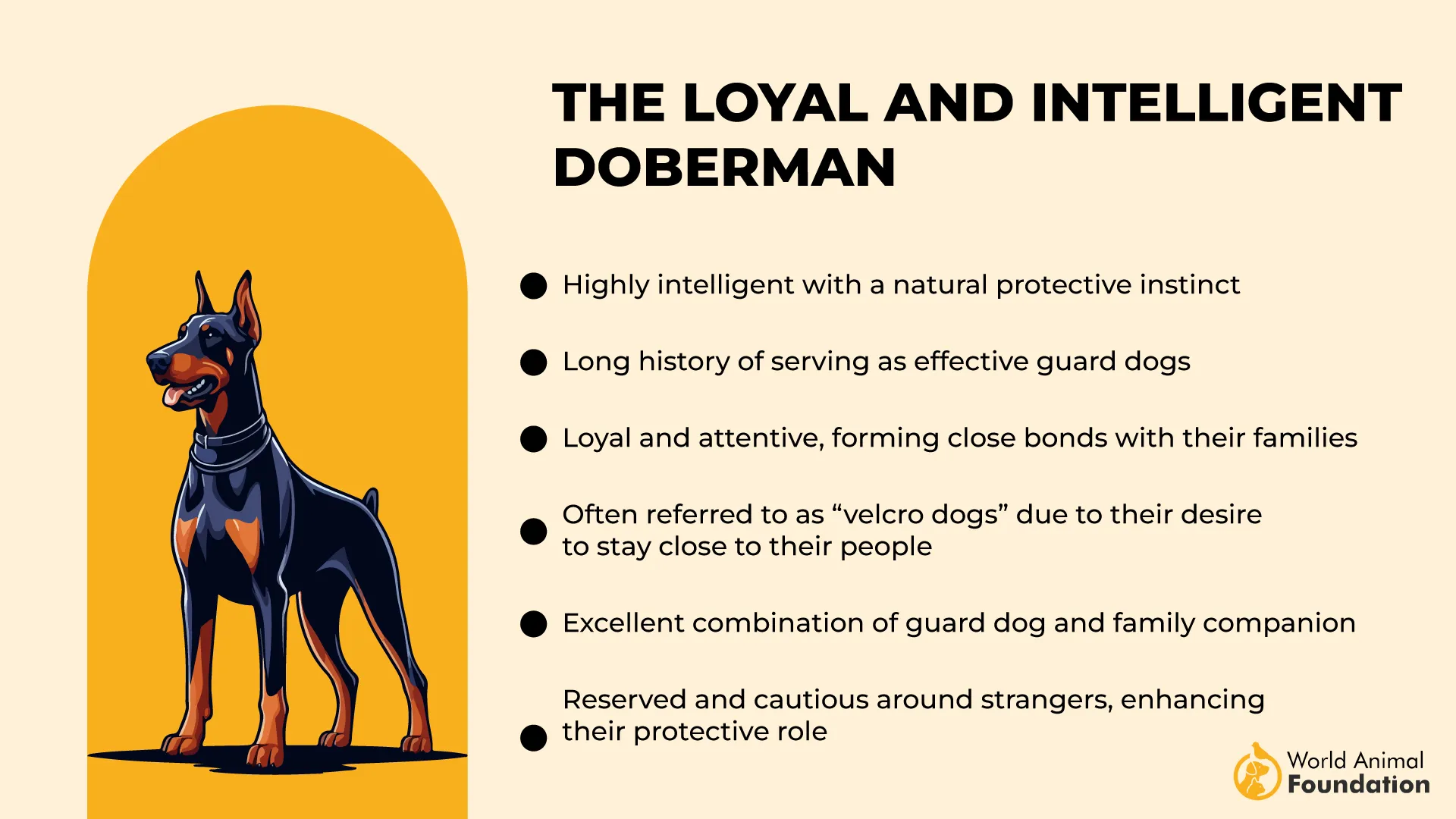
Stamina-driven cognitive workhorses
Being one of the most energetic dogs, Dobermans need tasks that challenge both their body and minds, as stated in Petplan. Their edge as an intelligent dog breed becomes most visible when their mental energy is channeled into focused, layered activities.
3. Shetland Sheepdog
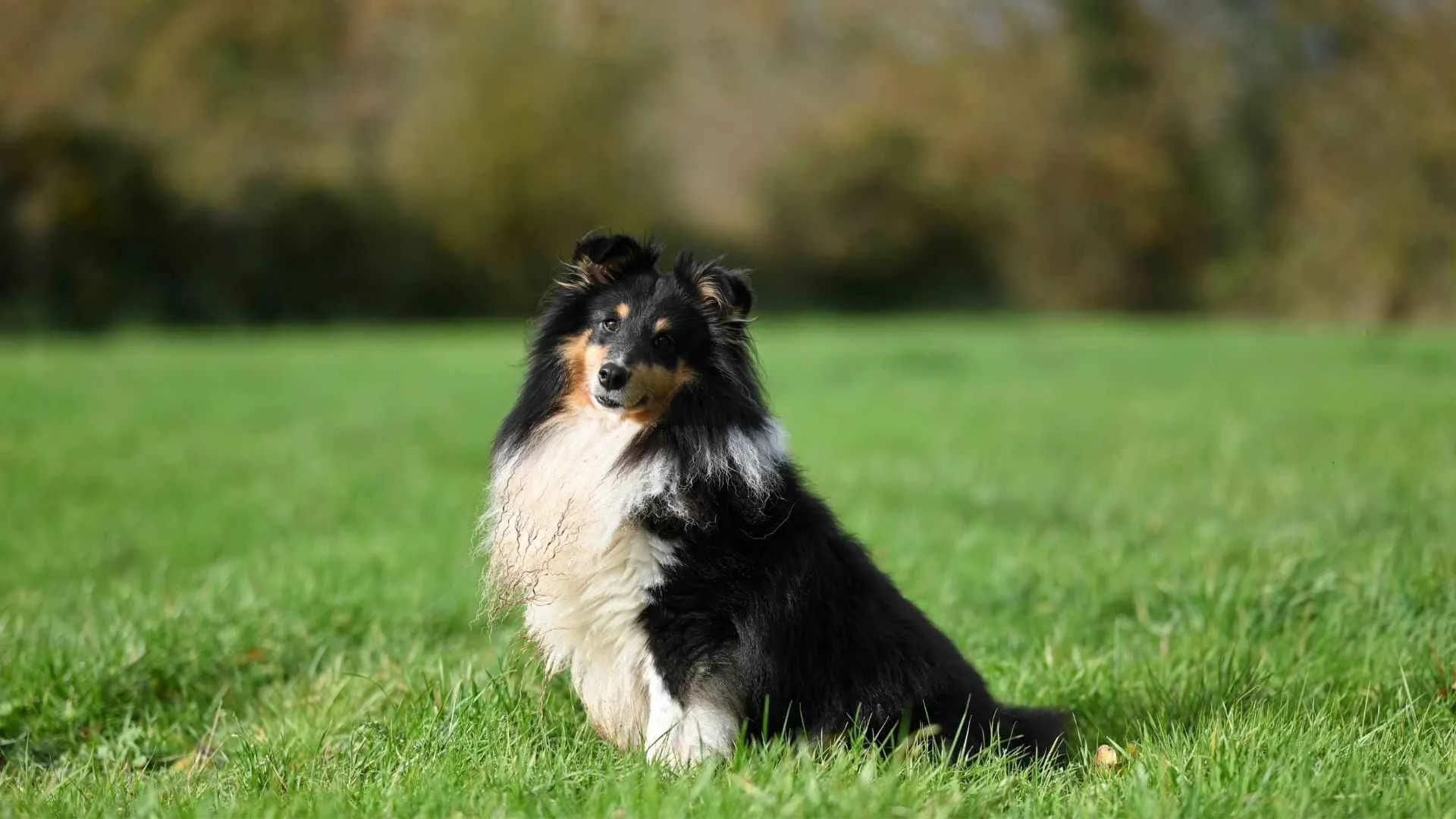
The Shetland Sheepdog’s sharp instincts were shaped by generations of managing flocks in open fields without constant direction. They learned to react fast and make smart, autonomous choices. That natural independence fuels their problem-solving abilities even in home settings.
Precision-driven learning ability
These dogs have an incredible memory for cues and sequences, often anticipating commands before they’re spoken. Their ability to read routines makes them ideal for obedience competitions that test timing, accuracy, and focused decision-making under pressure.
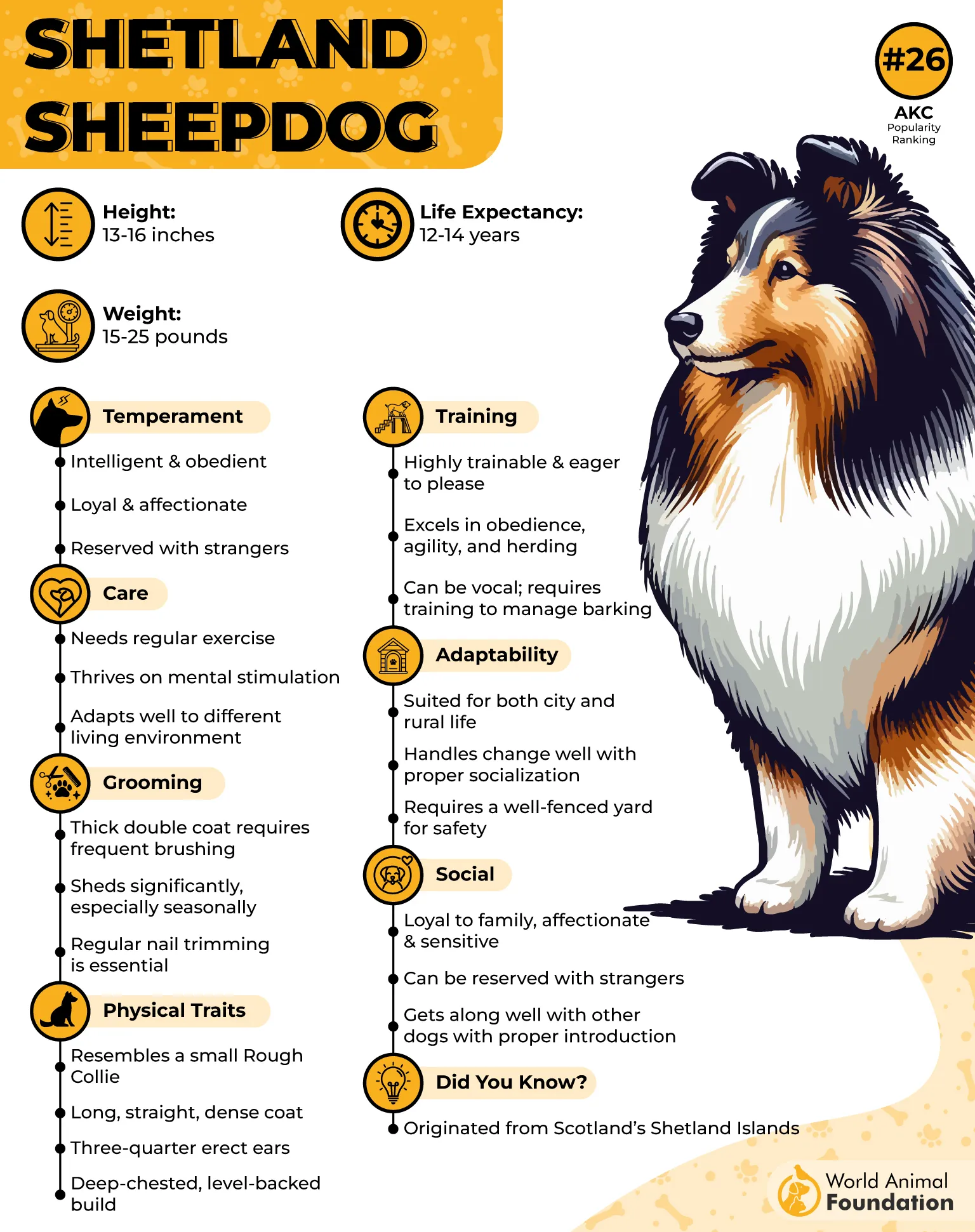
Mental agility matched with energy
A Sheltie doesn’t just need physical activity — they crave intellectual challenges that involve pattern recognition and planning. Puzzle toys and search tasks aren’t optional for this breed. They’re a go-to choice for active families who love involving their dog in interactive games.
Responsive but thoughtful
They’re quick to pick up structured training, but they also show hesitation when something feels off — a sign of cautious thinking, not defiance. That thoughtful delay is part of what strengthens their problem-solving skills when navigating real-world tasks.
4. Labrador Retriever
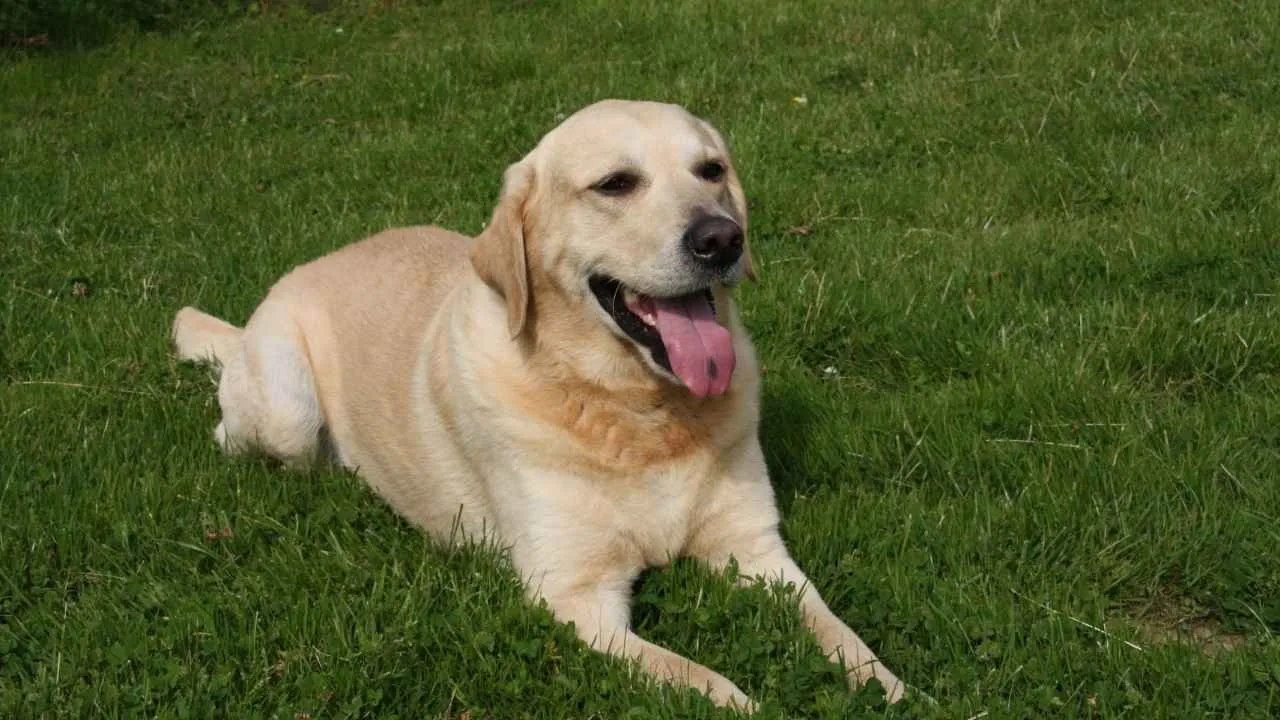
Labradors have an uncanny ability to evaluate complex scenarios on the spot — not just during training but in unpredictable, high-pressure situations. Their quick response in the field reflects a deeply ingrained working instinct. That sharpness has made them reliable assets in dynamic roles.
Built for real-world problem-solving
Whether they’re navigating water currents or tracking faint scents across long distances, they stay focused and adaptable. Their success in search and rescue missions comes from their persistence in following through on tasks, even with minimal human guidance.
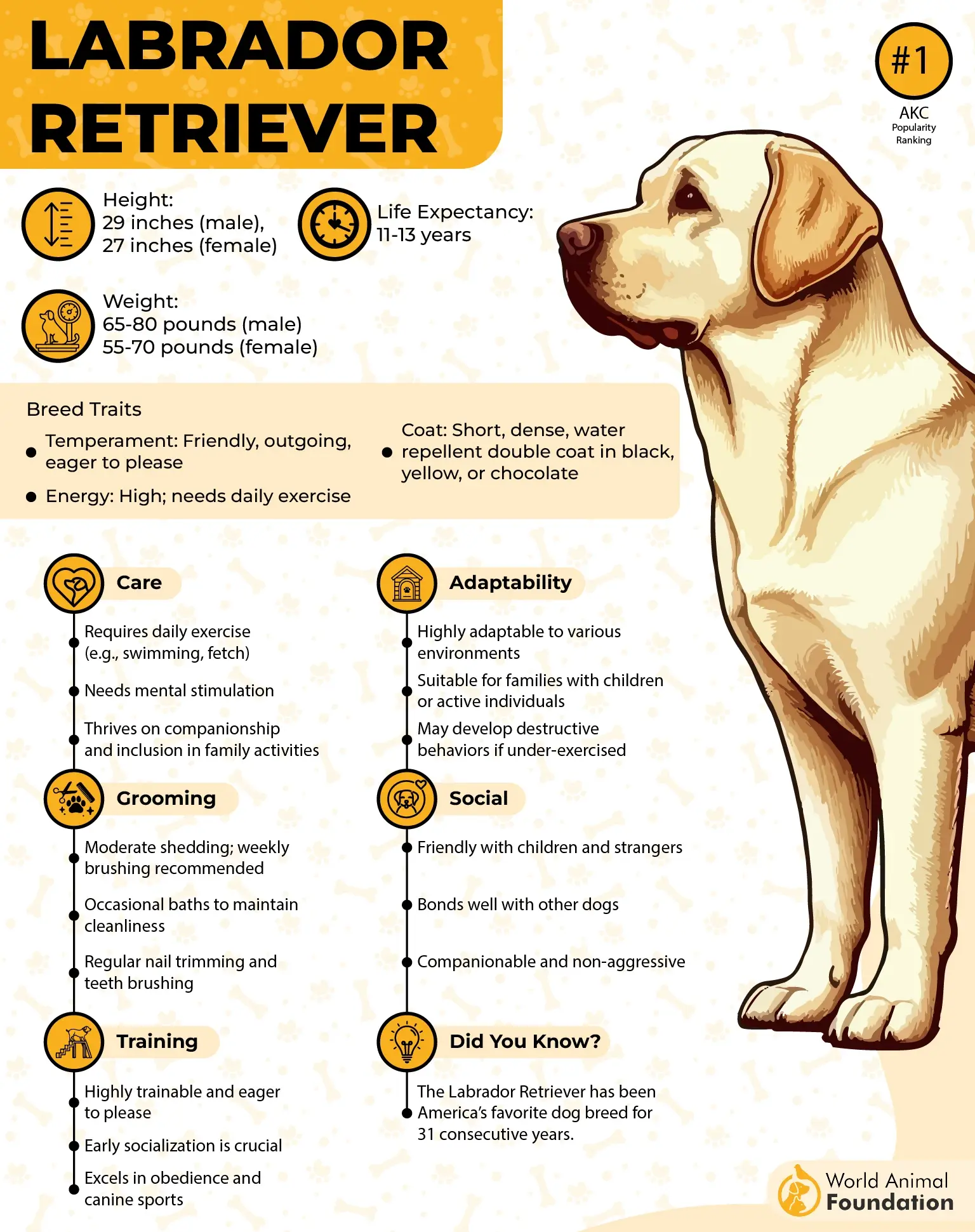
Drive refined through structured activity
Labs tend to excel in agility and obedience competitions, not just because they’re trainable, but because they retain patterns and self-correct based on outcomes. You’ll often see them adjusting their pace or angle mid-run, not because they were told to, but because it makes sense to them.
Mental sharpness tied to purpose
What sets them apart isn’t just smarts — it’s their consistency and task-minded nature. They’re constantly looking for cues, anticipating the next step, and working in sync with handlers. It’s this cooperative problem-solving instinct that keeps them mentally engaged long-term.
5. Papillon
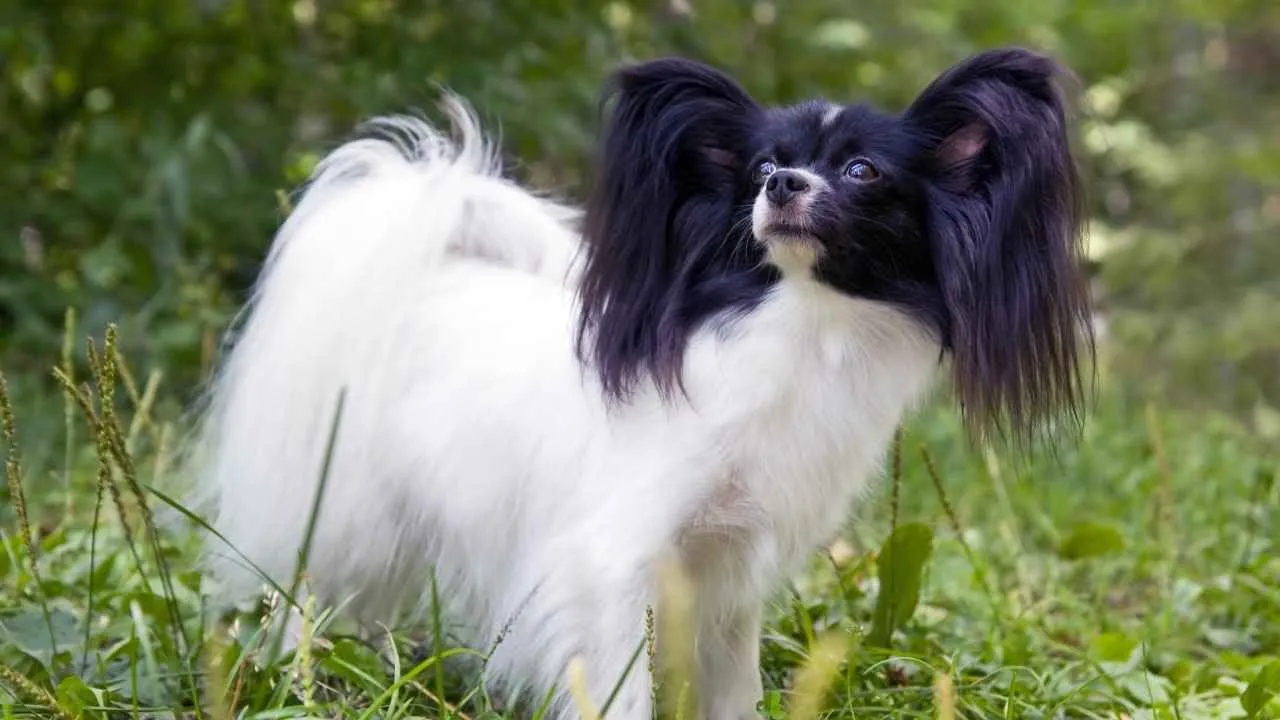
Papillons are quick to assess patterns in new environments — whether it’s figuring out how to reach a high surface or identifying shortcuts during play. They use visual cues, remember pathways, and even attempt solutions with tools or objects around them.
Lightweight body, fast brain
Their small size allows them to move freely in tight spaces, but what sets them apart is how they manipulate their surroundings. You’ll often see them nudge, pull, or balance objects in surprisingly clever ways — especially when seeking rewards or attention.
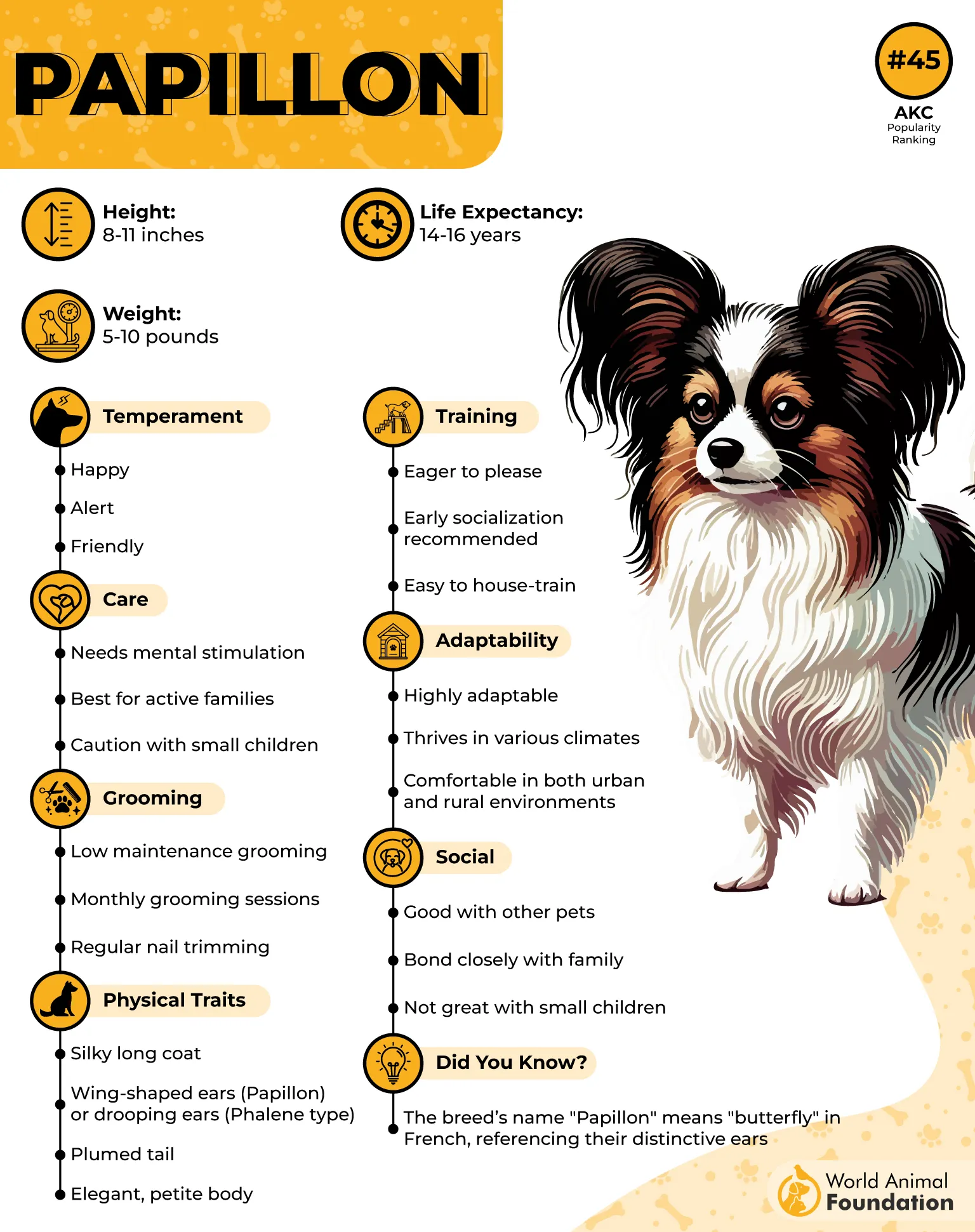
Brains backed by strong social wiring
Early socialization helps shape their judgment — they learn when to engage, retreat, or redirect their focus, as per PetMD. Their strong observation skills also let them mimic patterns they’ve seen other dogs or humans perform, which enhances their problem-solving abilities.
Challenge-driven and laser-focused
Papillons crave tasks that offer mental stimulation and will often work tirelessly to crack a puzzle or open a latch. Their level of dog intelligence demands variety, or they get bored fast — agility, hide-and-seek, and interactive toys are where they truly shine.
6. Rottweiler
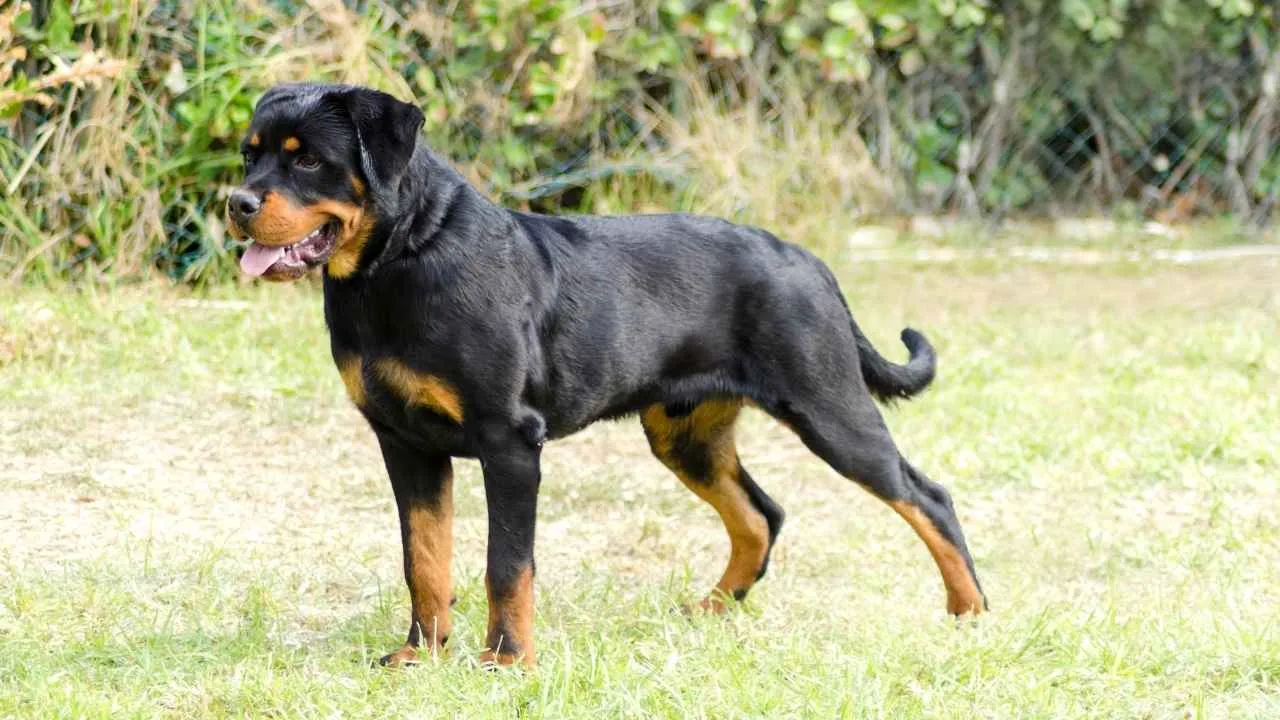
Rottweilers approach problem-solving with calm observation before acting, often pausing to assess their environment first. This deliberate thinking style makes them effective at handling complex commands. Their confidence helps them push through multi-step tasks without frustration.
Independent thinkers under pressure
When placed in unfamiliar scenarios, Rottweilers show a strong ability to make decisions on their own. They’re especially reliable in real-world working roles where hesitation could lead to failure. This decisiveness gives them an edge in high-stakes environments.
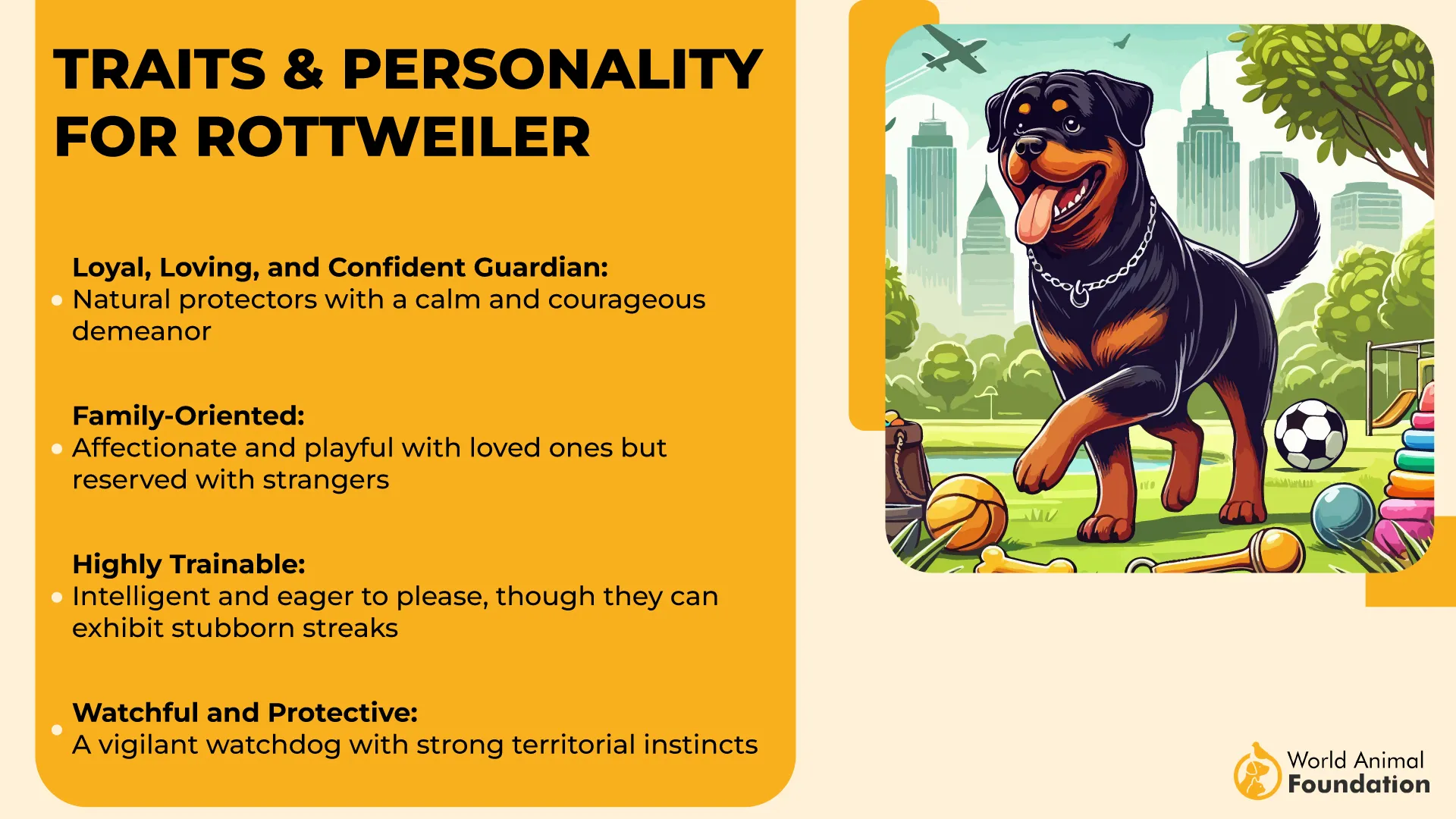
Bred with purpose, shaped by need
They were originally bred to herd livestock and guard valuable goods, which meant learning to adapt without constant supervision. That expectation for autonomy still shows today in how they solve problems and react intuitively to new tasks.
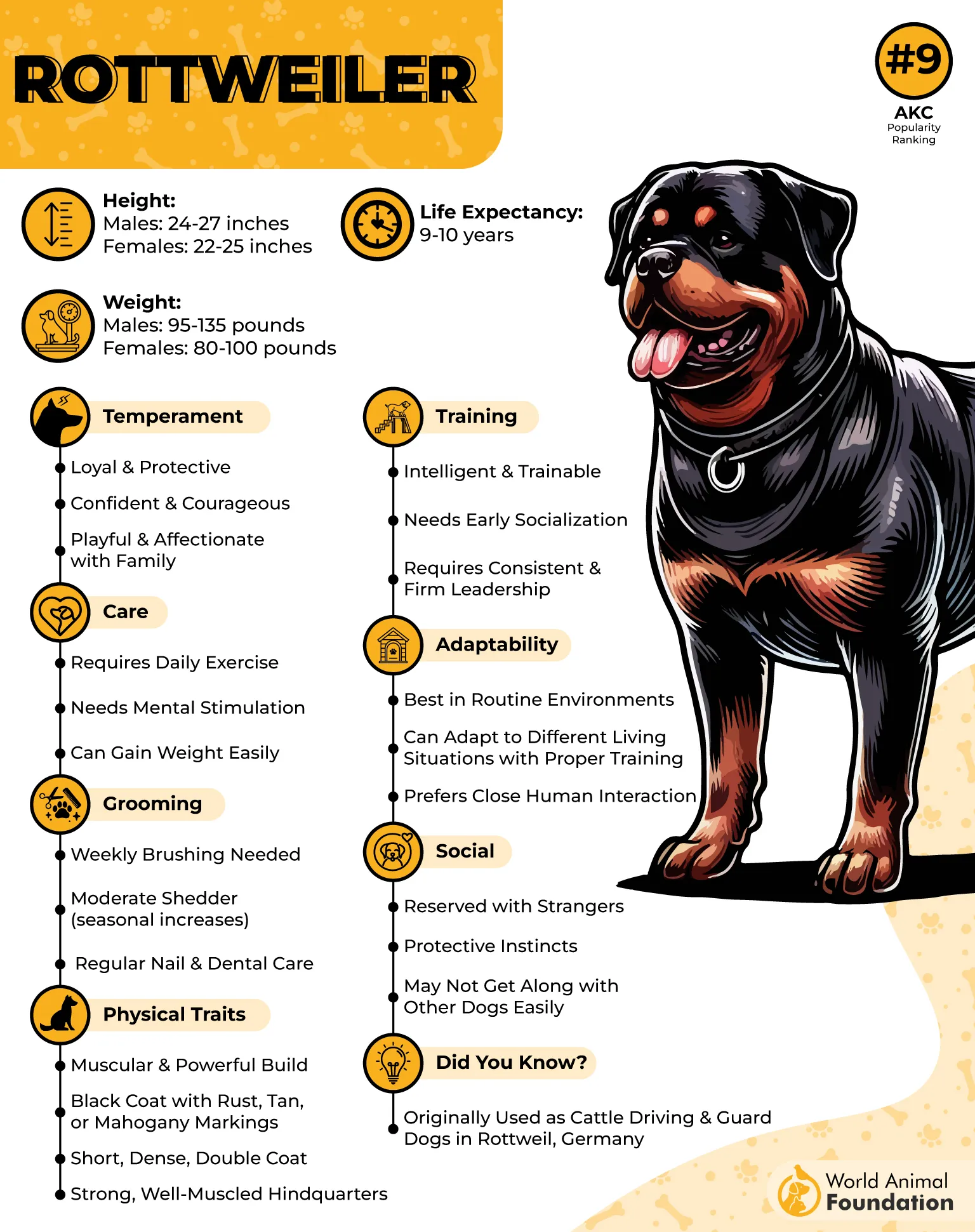
High-functioning in diverse roles
Among the most versatile dogs, Rottweilers thrive when mentally engaged, whether working in security, therapy, or competitive obedience. With the right balance of structure and challenge, they often outthink expectations — a trait appreciated by experienced pet parents.
7. Australian Cattle Dog
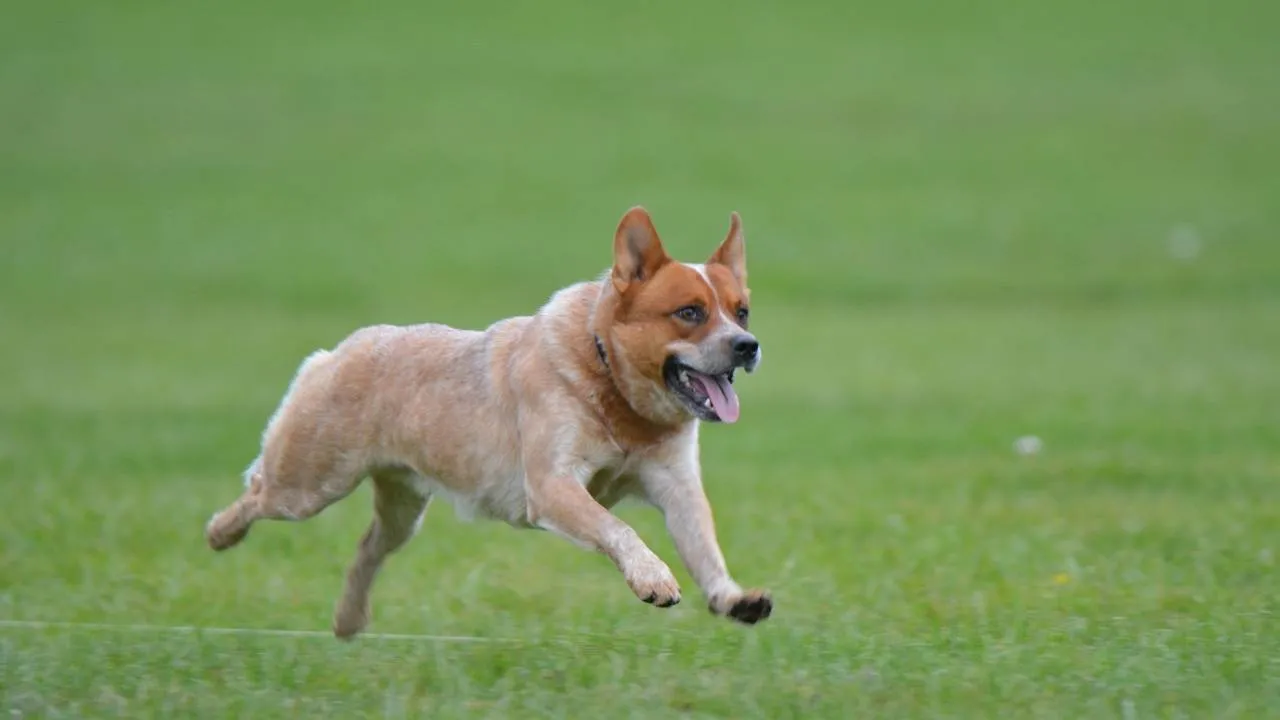
Bred to control cattle across rough landscapes, these dogs rely heavily on their instincts to make real-time decisions without constant direction. They adjust their movement based on the herd’s behavior, not based on commands alone. That habit of thinking independently remains central to how they learn.
Exceptional memory under pressure
Australian Cattle Dogs are known for recalling patterns and routes even when conditions change. They can return to a specific location after days or weeks, showing an advanced level of spatial awareness. Their ability to apply memory tactically sets them apart from many breeds.

Mental drive rooted in physical work
They require intense physical exercise, not just to burn energy but to stimulate their brain. Activities like herding-style games or obstacle-based challenges keep them mentally sharp. When left without purpose, their intelligence often turns to mischief.
Independent problem-solvers at home
Though loyal, they aren’t naturally clingy family pets and often seek out tasks on their own. Their creative problem-solving skills become visible in how they interact with daily routines, objects, and changes in their environment — always scanning, adjusting, and acting.
8. Border Collie
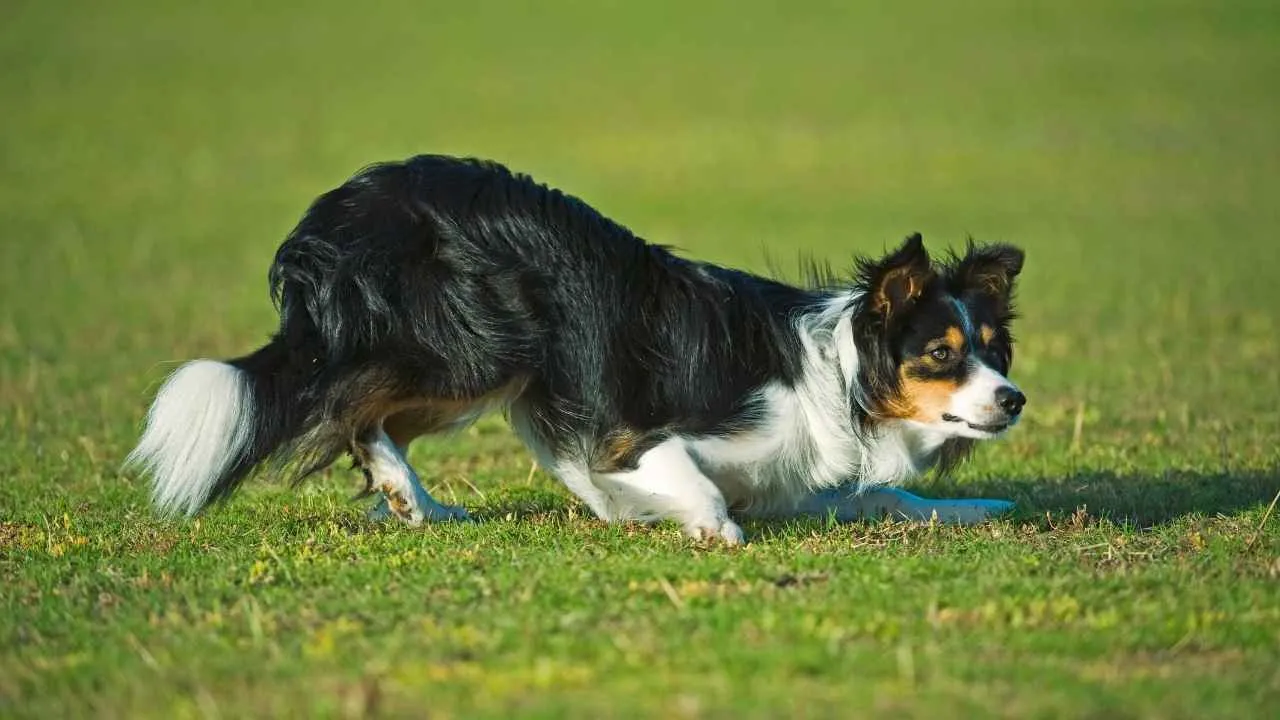
Border Collies are wired to analyze and act, often adjusting their response within seconds based on subtle environmental changes. You’ll often see them pause mid-movement, recalculate, and then continue, without any command. Their minds stay active even when their bodies are still.
Cognitive stamina beyond basic cues
These dogs go well beyond simple obedience—they manage tasks with multi-step sequences naturally. That kind of processing ability doesn’t come from repetition alone but from working with feedback loops in real time. Their excellent problem-solving skills are closely tied to their mental endurance.
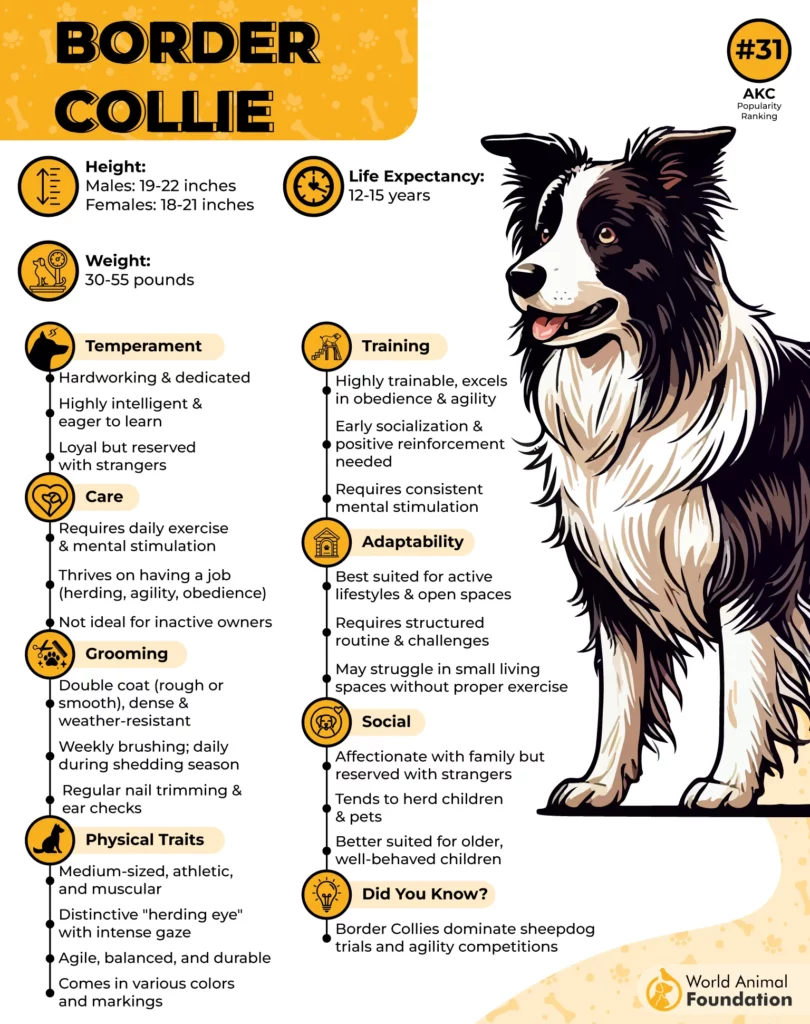
A breed shaped by complex tasks
They were historically bred to control livestock across wide, open fields, which required silent communication and independent judgment. This made them masters at picking up on micro-signals from both animals and terrain. That environmental sensitivity still shapes their cognitive sharpness today.
Mental patterns set at a young age
By the time they’re a few months old, Border Collies begin forming thinking habits that stay with them for life. As members of the herding group, they thrive when they’re mentally challenged, not just physically exercised. That early mental engagement determines how far they’ll go.
9. Poodle
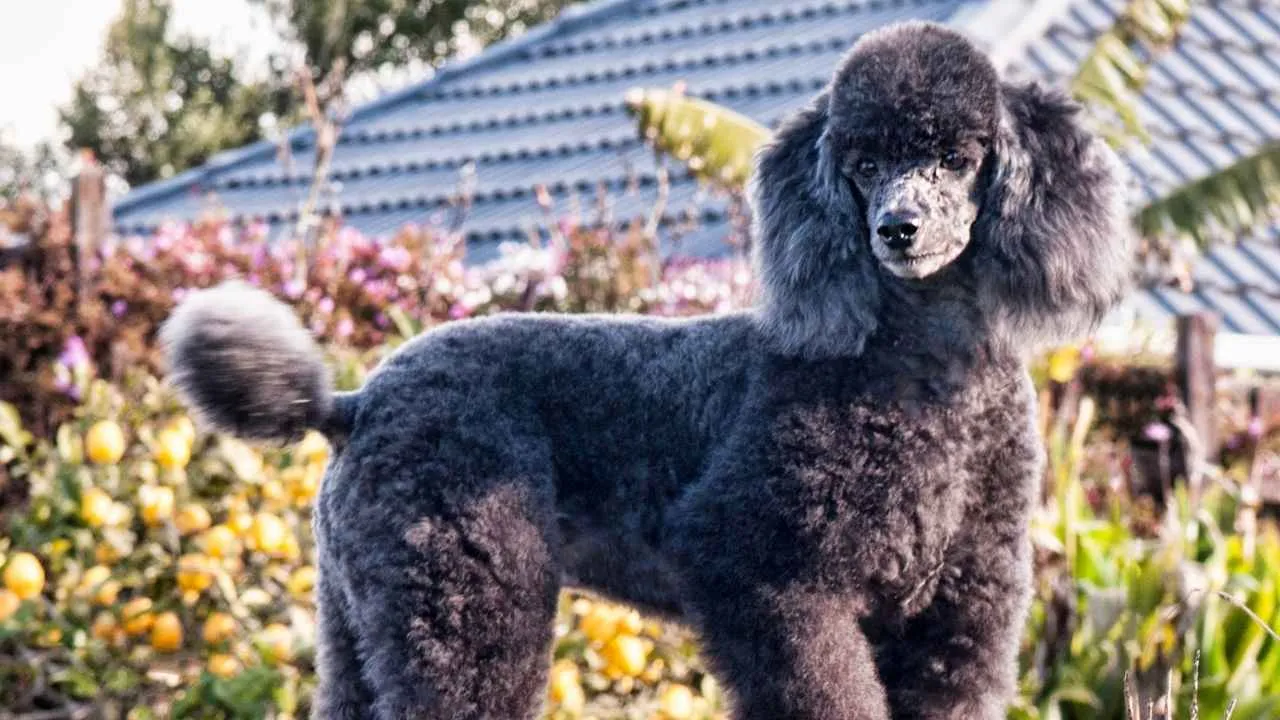
Poodles are exceptional at detecting subtle changes in patterns, whether it’s identifying a missing step in their routine or anticipating a task ahead of time.
Their mental flexibility allows them to adjust strategies based on feedback without hesitation. This trait shows most in interactive games and real-life problem-based tasks.
Thinkers with physical precision
They’re one of the few breeds whose mental sharpness pairs naturally with physical control. In agility competitions, Poodles quickly memorize complex course layouts and adapt mid-run when handlers change cues. This ability to revise actions in motion is rare even among smart dogs.
Responsiveness is shaped by close observation
Poodles are constant observers, often picking up on human cues before they’re taught what to do with them. Their tendency to watch and analyze every move makes them surprisingly attuned to family members, responding to tone, posture, and unspoken expectations.
Mental stimulation is part of basic dog care
For a Poodle, routine physical exercise isn’t enough. Their intelligence demands a dog care routine that includes puzzles, learning-based games, and even tasks like retrieving specific items by name. This prevents boredom-driven behaviors and sharpens their natural problem-solving instincts.
10. German Shepherd
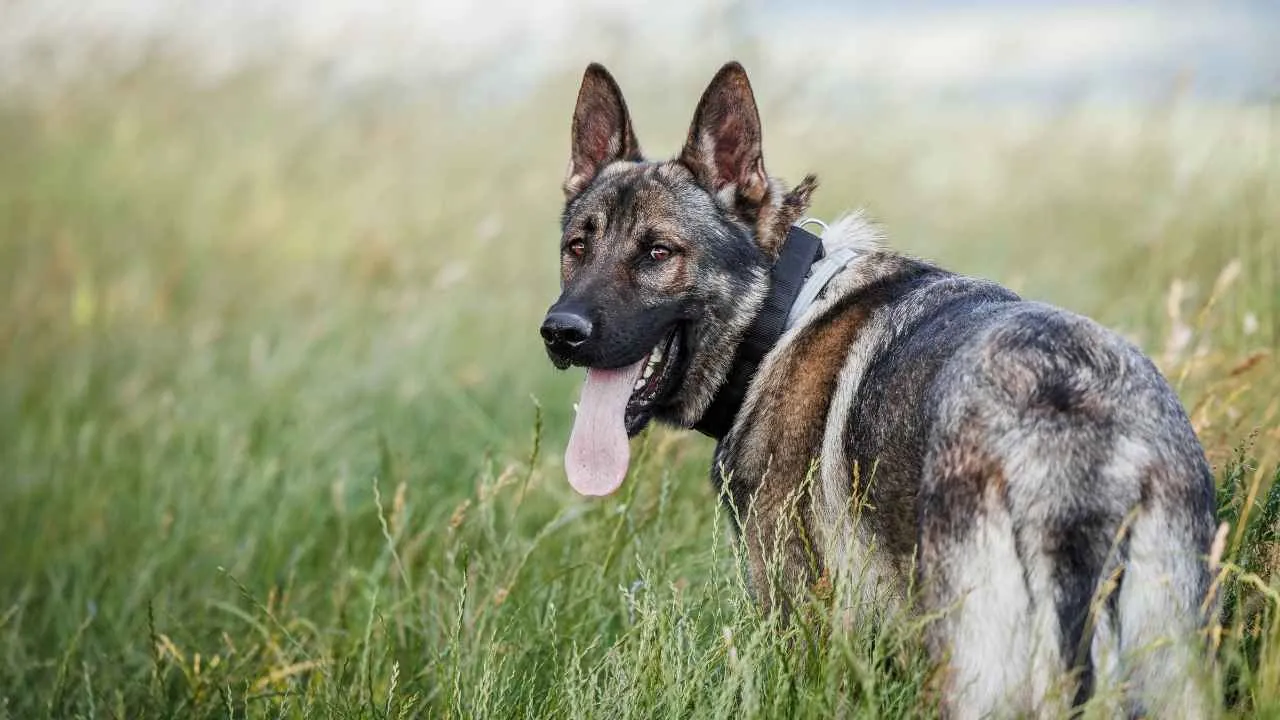
German Shepherds are frequently used in search and rescue because of how quickly they evaluate unpredictable environments. They’re known to independently assess terrain, detect scent shifts, and adjust without needing constant redirection. That clarity of judgment is trained, but also instinctive.
Task-oriented from a young age
Even as puppies, they show signs of focus that other breeds develop much later. You’ll often see them tracking objects or attempting to open doors just to figure them out. This early inclination is part of what makes them excellent companions for complex work.
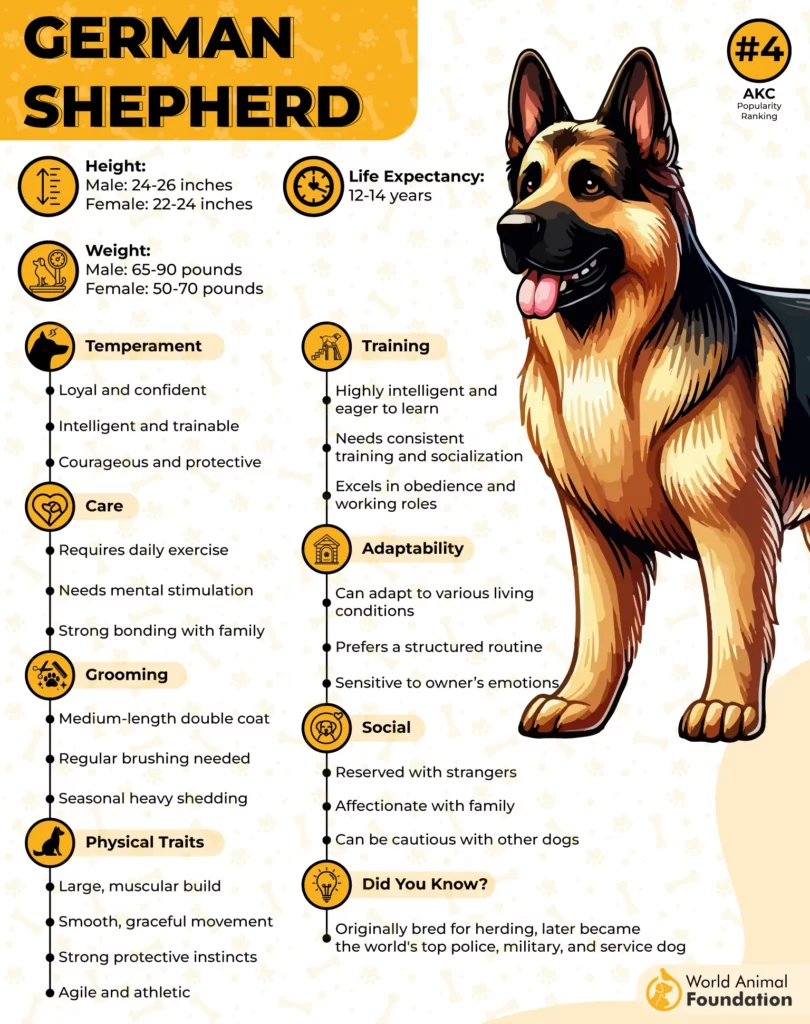
Mental drive backed by physical stamina
Being highly active isn’t just about movement — it’s how they stay engaged mentally. Their stamina supports their ability to stick with a problem longer than most dogs, often testing several strategies until one works. This persistence is rarely matched in the breed world.
Complex thinking without hesitation
They’re one of the few breeds that show layered problem-solving — responding differently to a task depending on what’s at stake. Their ability to adapt in homes with other pets or within specialized service roles is tied to how deeply and flexibly they think.
Conclusion
Some dogs wait for instructions. Others act before you speak—because they’ve already figured out what needs to be done. That’s the beauty of clever dogs. They don’t chase commands; they chase solutions.
From high-drive working dogs to sharp-eyed companions, these breeds bring something extra to the table: thought. Whether it’s a Poodle solving a new trick or a German Shepherd adjusting to a real-world task, their brains are always running.
You’ll find them across many roles today—service dogs, police and military, or loyal family partners. Some herd sheep. Some track trails. Some just quietly learn your habits. But all of them show exceptional problem-solving skills that go beyond routine obedience training.
According to the American Kennel Club, intelligence is more than test scores—it’s real-life instinct. If you ever wondered what it’s like to live with a dog who thinks, now you know: it’s less about commands, more about connection.


